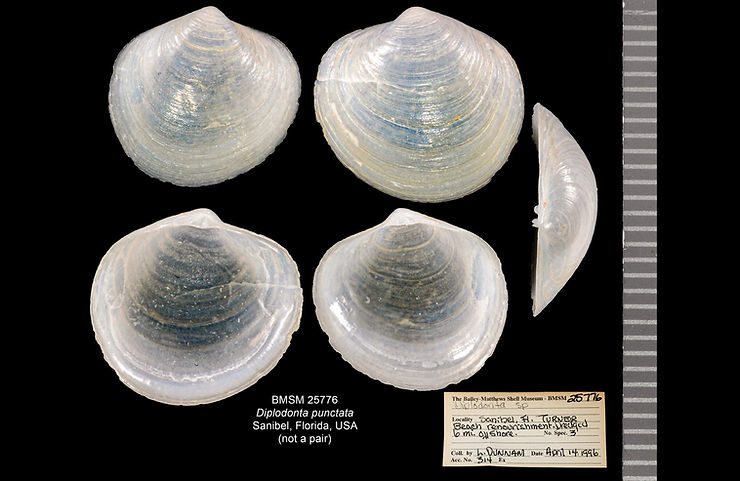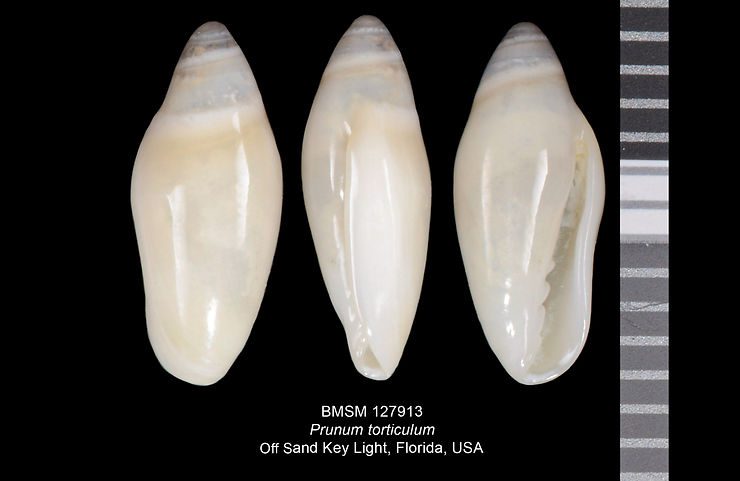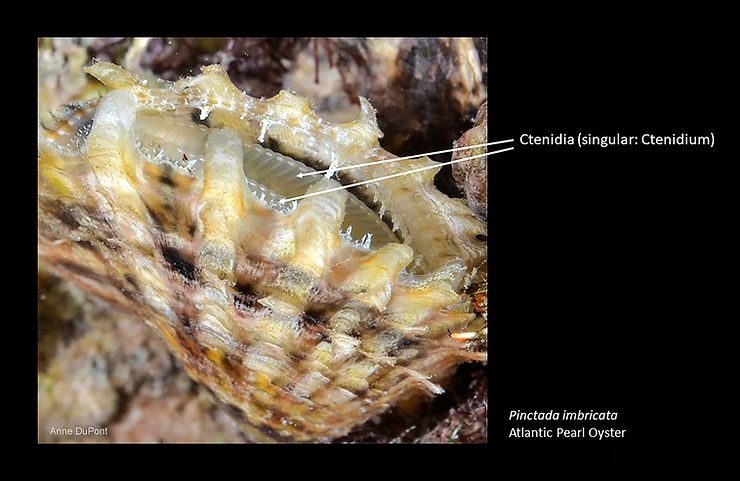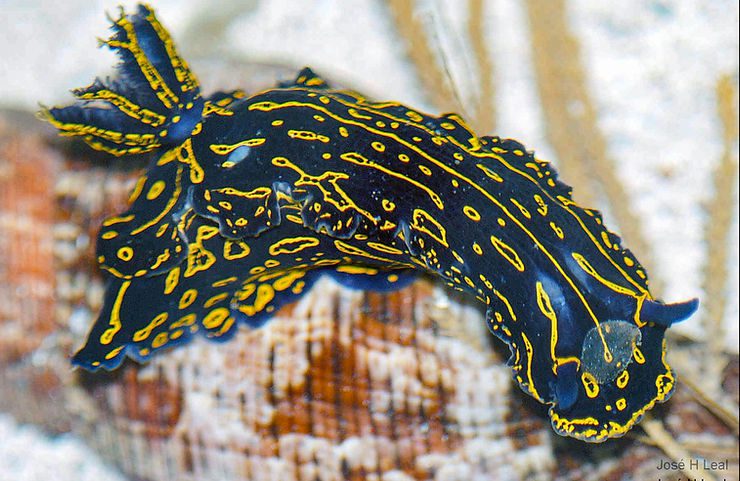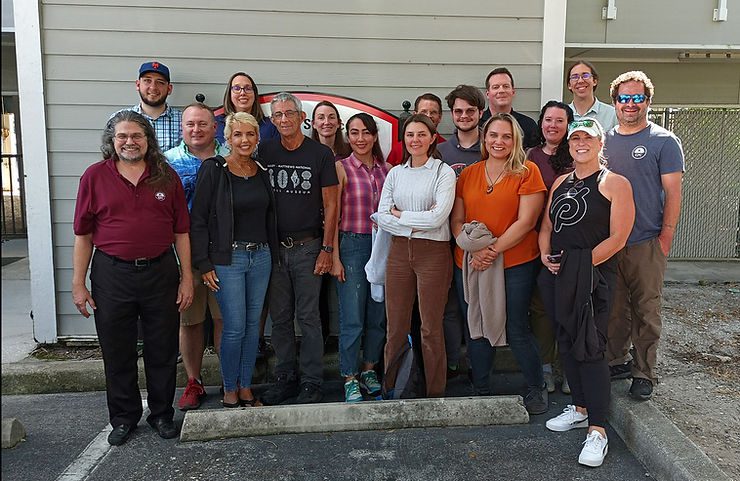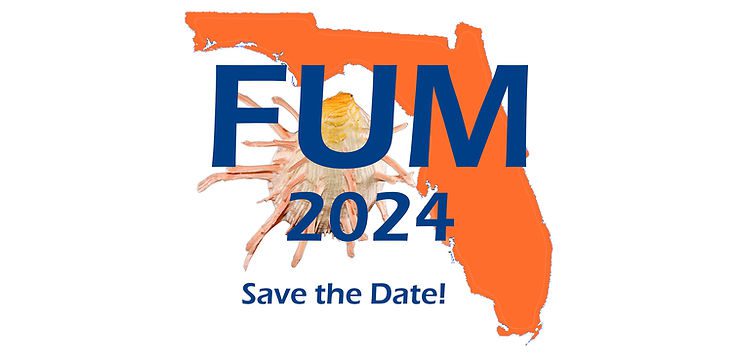
Join Me for a Unique Galapagos Adventure
The National Shell Museum and Aquarium is organizing a trip to the Galapagos Islands in September 2024, and I will have the honor to lead mollusk observations and present talks (among other activities during the trip) in that unique journey of exploration. The Galapagos Islands are famous for their role in the development of Charles Darwin’s theory of natural selection, which ultimately became one of the solid foundations of our current understanding of evolution. Due to their origin and type of
